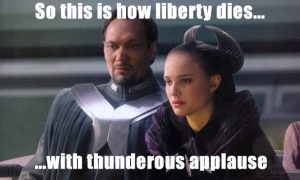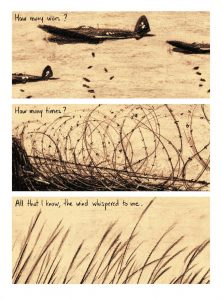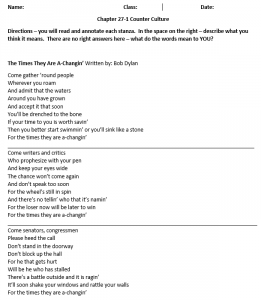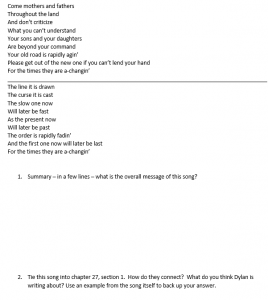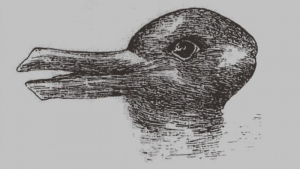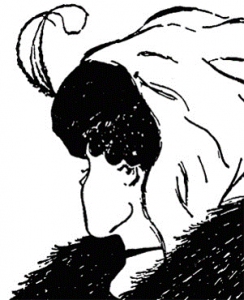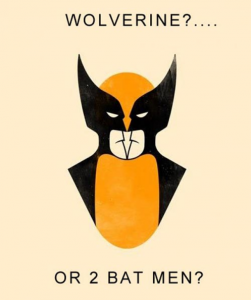Most of us Star Wars nerds know that it is, in part, based off of real events – including WWII. The book, Star Wars and History, gives great insight to those unfamiliar with these ideas. (while on the topic, I would also suggest buying Star Wars Propaganda as an awesome resource that comes with posters. Also – check out https://thirteenthfloor.us/ for some absolutely amazing photos incorporating WWII and Star Wars – I bought two sets for my classroom – I have my students compare them to the original photos and we discuss why we need to make sure our sources are credible). Here are some resources for incorporating Star Wars into the classroom – I am not going to blog this time about my exact lesson plans, but more wanted to share some ideas. I’d be happy to answer any questions and would be excited if anyone would be willing to share with me what they have used.
Cult of Personality – what a great intro to being a BLERD (https://historycomics.edublogs.org/2016/10/12/blerds-the-beauty-of-nerdism/) ) and some great “historical” music I loved growing up. We need to get past hero worship and see leaders for fallible people who are like you and I.
https://www.youtube.com/watch?v=zebY_b4khXw
Speaking of propaganda… Important to point out the racism inherent in this clip as well.
https://www.youtube.com/watch?v=6vLrTNKk89Q
I also have my students use the below Star Wars comic book earlier in the year to teach close reading skills. As this comic is from the Storm Trooper point of view, they need to go through and pick out the evidence that is given in the comic. They then write an argumentative based essay on this evidence to answer the prompt – are Storm Troopers good or evil? -We have had some fascinating discussions in the classroom based on individual student interpretations of the source material. It is a great lesson to teach skills apart from content – often difficult to do in a content rich course like social studies. Again, I’d be happy to share more and would be happy to see any suggestions you may have as well. (Issue #21).






